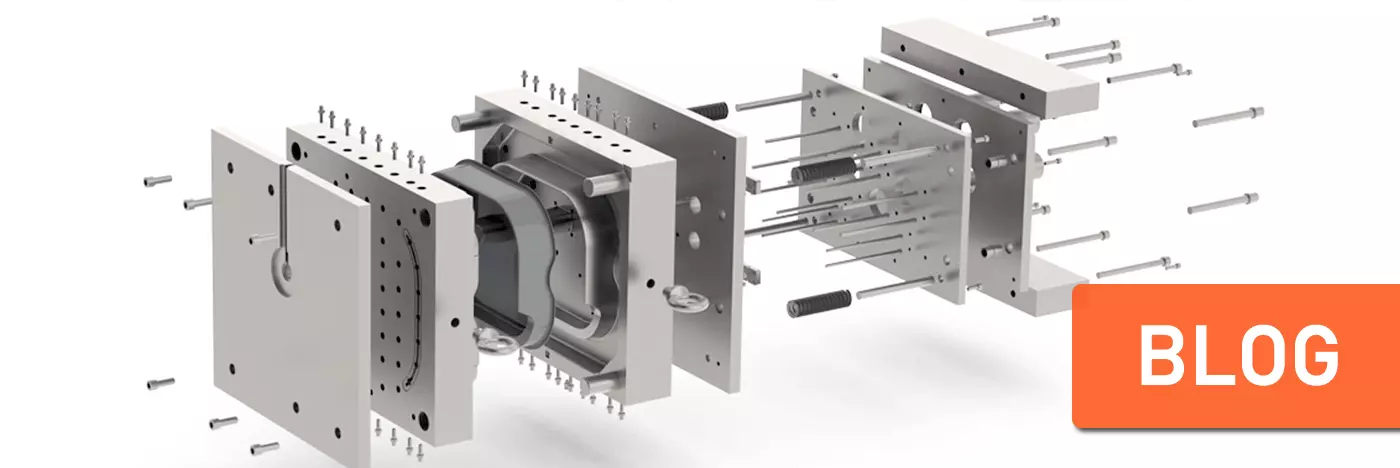Different Uses Of Insertion Molding

Introduction to insertion molding:
Having a better grasp of the production processes is a huge benefit if you are a company wishing to invest in high-quality plastic chairs, boxes, home appliances, etc. for your clients. This will enable you to spend money on the procedures that will best serve your needs. Additionally, you'll be in a better position to choose the top manufacturers to collaborate with. The best manufacturing technique when it comes to creating high-quality plastic products is injection molding. Injection molding equipment and chair mould, created to provide the finest exact results, is used in this procedure by Plastic Injection Molds.
What are Injection molding and box mould manufacturing:
You have a variety of techniques to pick from when developing a product that calls for molded plastic components, based on the sort of application and part you want to make. Injection molding is one of the most widely used techniques for producing plastic components of high quality and at a reasonable price. A manufacturing technique called injection molding is used to create parts in enormous quantities, ranging from hundreds to millions. We manufacture chair molds, and box mould that aids in the large-scale production of goods for your customers. These molds are not only economical but also help in mass production.
Various other uses of molded precision components:
Every household needs appliances of some sort. They are used by consumers for a variety of critical purposes, including cooking, grooming, entertainment, and many more. We are committed to providing plastic home appliance designs and products that can be manufactured and provide a wonderful customer experience.
Our creative team is skilled in creating home appliance mould for various household appliances utilizing software applications that are adaptable to assist the creative process with high precision. Any faults in mold design and operation are corrected by a skilled team using the most recent technologies.
Basics of extrusion moulding:
One of the more often utilized production methods in a variety of sectors is extrusion moulding. In essence, it is quite similar to taking tooth paste out of its tube. An extrusion machine is quite similar to an injection molding machine. Extrusion is likely the manufacturing process used for anything lengthy and consistently cross-sectional. The plastic is heated and driven through a shaped opening in a metal plate during the extrusion process, resulting in a continuous structure that may be stretched before being cooled to set. Once cooled, the straight items may also be cut into lengths to create plastic components.
What is polystyrene moulding:
Polystyrene, a synthetic polymer frequently employed in the molding of packaging and industrial components, is one of the most widely used polymers in thermoplastic injection molding. Polystyrene is a non-toxic, odorless substance that is typically found in the shape of foam or plastic. Polystyrene moulding is widely utilized in both the automation and food packaging industries. Polystyrene is frequently used in low-cost packaging materials. Products made of polystyrene plastic have various benefits over alternatives made of injection-molded plastic. Businesses around the nation may utilize it for a broad range of purposes since it is an economical and adaptable material.
Know about thin wall molding:
Due to rising material costs and shortened delivery lead times, thin wall molding is becoming more and more popular. Faster cycle times provided by thin wall molding allow for lower material part costs and higher manufacturing output. Parts with thin walls have walls that are less than 1mm thick. The definition is also influenced by the part's size because larger parts require more injection pressure to fill the mold cavity. The secret to creating lighter parts and increasing manufacturing yields is to minimize wall thickness. Shorter cooling and cycle times are possible with a thinner wall section.
Insertion molding and its fundamentals:
The technique of molding or shaping plastic pieces or inserts around some non-plastic parts is known as insertion molding. Most often, the implanted component is a straightforward item like threads or rods, but in rare circumstances, inserts can be more complicated like a battery or engine. Additionally, insert molding blends several mixtures of components and materials into a single object, such as metal and plastic. In addition to employing metallic elements for strength and conductivity, the technique also makes use of engineered polymers for increased wear resistance, tensile strength, and weight reduction.
Less known benefits of molded precision components:
For high-volume production, the injection molding method is incredibly reproducible and dependable to create molded precision components. Due to the ability to generate multi-cavity injection mold components, where many parts are made with one cycle, the first and second parts will be almost identical after they are produced. The vast variety of material options, low labor costs, little scrap loss, and low demands for post-molding finishing procedures are further benefits. To provide stability, injection molded components must be designed carefully to account for any geometry changes that may occur as they cool.
Endnote:
Injection molding may appear to be a complicated procedure, yet it is the most popular manufacturing technique because it can manufacture a wide range of daily things quickly and effectively. One of the most economical methods for producing both working prototypes and finished goods is injection molding by molders near me.




